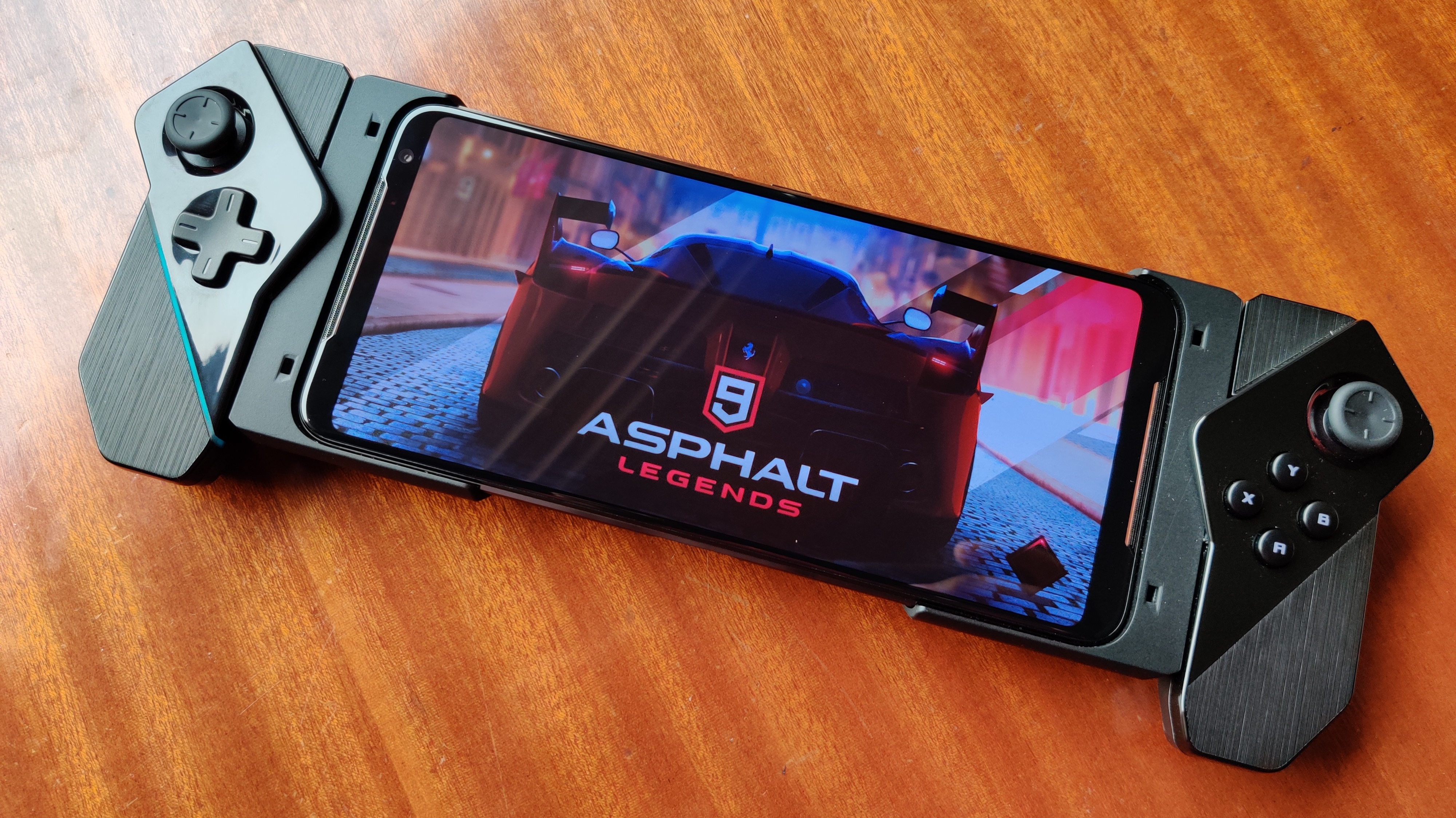OnePlus 7T vs ASUS ROG Phone 2: Best phones under Rs 40,000 compared
The closest one yet.
Audio output
Both phones scored well on the display front, but immersion is also a function of sound. Stereo speakers are finally getting more common, and make an appearance on both of these phones, albeit in very different ways.
The primary speaker on the OnePlus 7T is downward facing, with the earpiece acting as the secondary speaker. Since both of them are on the opposite ends of the device, it technically provides a stereo experience, but only one of them will throw the sound towards you.
With Dolby Atmos onboard, it provides a rich and full sound with above-average loudness. The positioning of both the speakers also ensures that at least one grill will remain uncovered, irrespective of its orientation.
The ROG Phone 2 blows the 7T out of water thought, with dual, front-firing stereo speakers with dedicated amplifiers. With support for DTS :X Ultra, the audio output is probably the best we’ve seen on any smartphone. It was punchy, bright, directional and filling, and didn’t fall apart at higher volumes either.
There’s also an outdoor mode which further increases the volume levels at the expense of sound quality. It matches some small dedicated Bluetooth speakers in terms of volume levels. There’s also a headphone jack which is capable of Hi-Res audio output and is located in an ideal position for gaming, in the bottom-left corner.
Performance and Gaming

Powered by the latest Snapdragon 855 Plus chipset, both these phones are at the pinnacle of smartphone processing from the Android camp. The 855 Plus is a minor upgrade to the Snapdragon 855 which is supposed to improve the performance by about 15% with the max frequency of 2.96GHz.
OnePlus has tried to stabilize the performance by heavily optimizing it, while ASUS has added a cooling mechanism which includes an actual cooling fan inside to sustain peak performance. Unsurprisingly, both of them performed very well during the heaviest of tasks, including gaming.
Sign up for breaking news, reviews, opinion, top tech deals, and more.
Every game would run smoothly at the max settings at max framerate. There aren’t any games out there which can take full advantage of this beefy hardware package. Most games are locked to 60fps (including PUBG Mobile) which is just plain sad.
We did prolonged gaming on both phones, and the only differences we were able to notice were the fact that the ROG Phone gets a little warmer to the touch, while sustaining the peak performance for longer. Whereas, you might get an occasional frame drop on the 7T. Both of these are barely noticeable unless observed side-by-side.
Some games open faster on the OnePlus 7T, presumably due to the inclusion of UFS 3.0 storage, but doesn’t affect the gaming later on.
Performance is just one aspect of the gaming experience, with even the haptics, sound output, and peripherals playing a considerable role. The ASUS ROG Phone 2 has a pair of “Air Triggers” on the right side, which are two touch-sensitive areas which can be used as shoulder buttons during gaming. It is a huge tactical advantage when you can use four fingers instead of just the two thumbs, and will legitimately help your skills.
Overall, the performance can be said to be a tie, but the entire gaming experience crown goes to the ROG Phone 2 for better stereo audio, Air Triggers and loads of features built into the Armoury Crate suite, which let you tweak and monitor each aspect of the phone and the game.
Software and features
Software skins are an underrated constituent to a phone’s user experience as it affects almost every interaction. Some prefer it minimal; others like it feature-packed. It also varies according to your history with phones, if you have a soft spot for a certain kind of operating system or not.
OxygenOS is generally regarded as one of the best Android skins out there, which emphasizes on performance and speed. It’s also the one that comes with the least amount of bloatware apps. There’s a lot of customization potential too. For anyone moving to OnePlus from any other smartphone skin, OxygenOS is probably the easiest to get accustomed to. Extra points for running Android 10 out-of-the-box.
ASUS has a very different offering this time, with the ROG Phone 2 running two operating systems. There’s the gaming-centric ROG UI with lots of additional features and toggles that let you monitor and control how the phone performs, and there’s the ZenUI which is almost stock Android. The former is not a light skin but could interest those who like to toggle and control the minutiae.
For me, the simplicity and speed of OxygenOS are more valuable than being able to monitor and control vanity metrics. I prefer my smartphone to take care of that without me needing to intervene.
Current page: Audio, Performance, Gaming, Software and Features
Prev Page Intro, Specs, Design, Display Next Page Battery and Charging, Camera, Verdict
Aakash is the engine that keeps TechRadar India running, using his experience and ideas to help consumers get to the right products via reviews, buying guides and explainers. Apart from phones, computers and cameras, he is obsessed with electric vehicles.